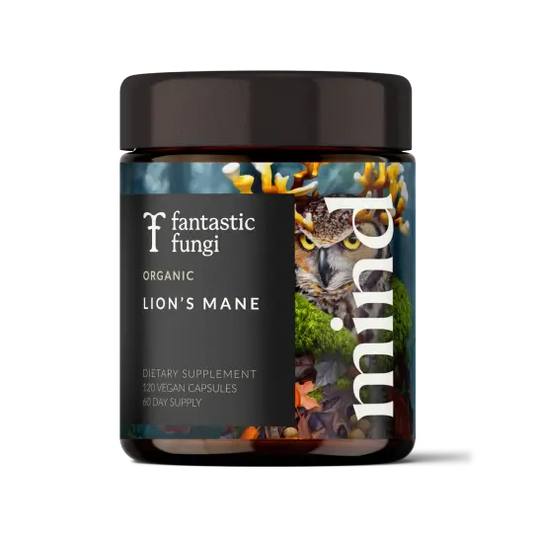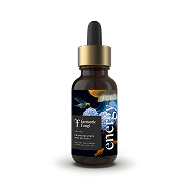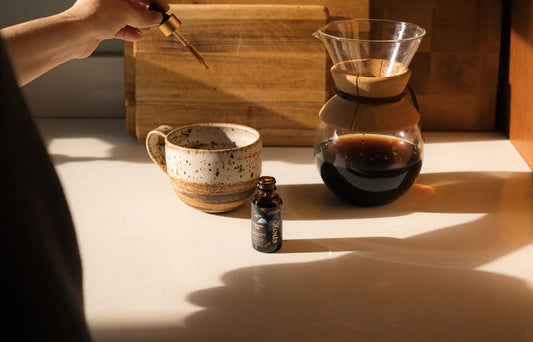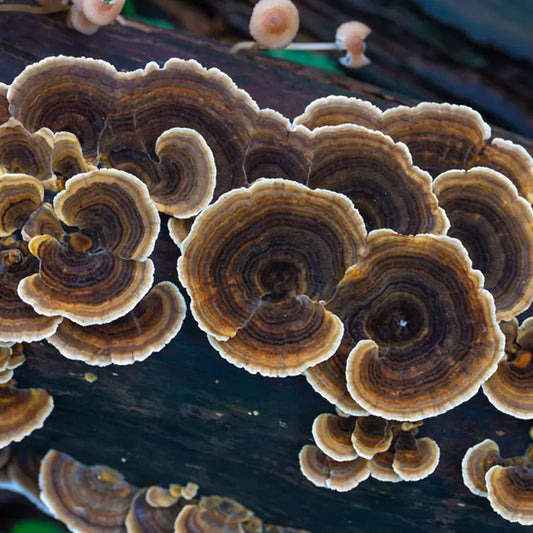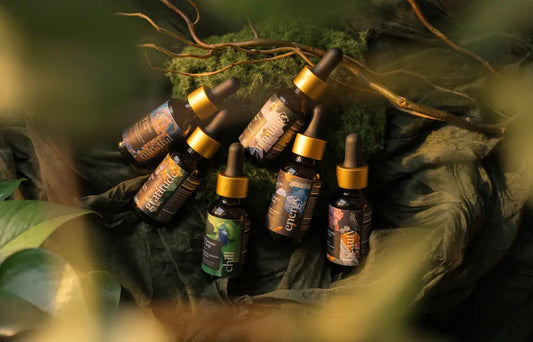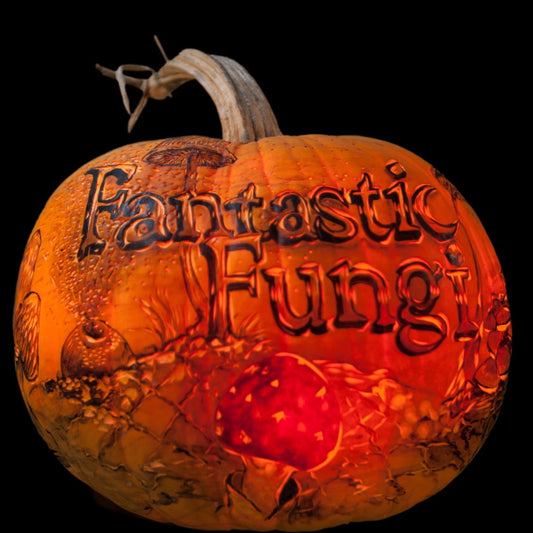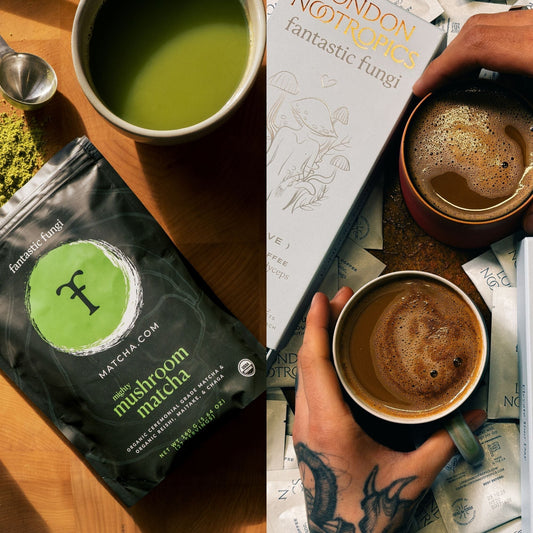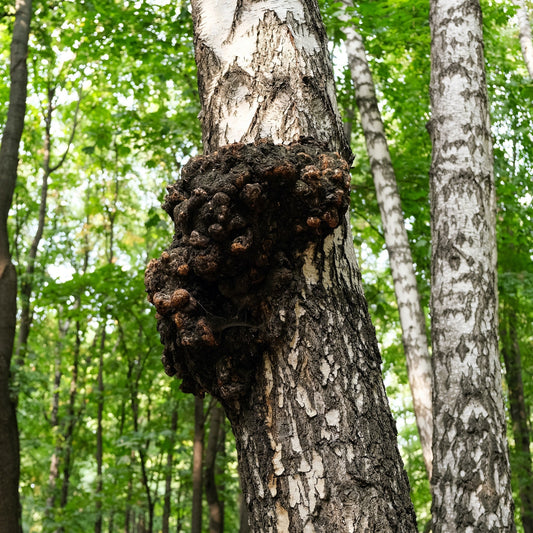
Get to Know Chaga – and Why We Don’t Use the Fruiting Bodies
Chaga at a Glance:
Latin name: Inonotus obliquus
Common names: Cinder or birch conk, clinker polypore, black gold
Habitat: found mainly on birch trees, native to northern and cold climates in Europe, Russia and North America
Common and traditional uses: Antioxidant support and immune health*
Fun fact: The part of the Chaga mushroom used in herbalism is actually a sclerotia, which is a hardened mycelial mass. The “mushroom” (aka the fruiting body) is rarely seen. This dark brown or black mass is what we know to be Chaga.
Chaga is a genius at going incognito in the forest. Even seasoned foragers may walk right past it without a second glance. That’s because this valued and time-honored mushroom isn’t used in its fruiting body form. Instead, Chaga sclerotia — a hardened form of the mycelium — is the form used in teas, extracts and other herbal supplements.
Read on to learn 8 of our favorite note-worthy facts about this unassuming but awesome mushroom.
1. Chaga looks like burned wood or a lump of charcoal.
Take a peek at birch trees the next time you’re out for a hike or on a foraging excursion. What looks like a blight on the tree may actually be Chaga. The sclerotia is slow-growing and forms irregular shapes, so it doesn’t look like our traditional idea of a mushroom, with a stem and cap.
2. Chaga is too hard to eat – and has to be extracted.
Chaga doesn’t just resemble a lump of charcoal. It also has the texture of one. (Seriously, don’t bite one or you risk chipping a tooth!) This is definitely not a culinary mushroom that you can saute with veggies for a quick meal. All the “good stuff” is locked inside the cell walls of mushrooms, and with Chaga, those cell walls are extra hard. But, once extracted, Chaga is totally worth the wait! (It’s much easier to leave the extraction to the experts and buy quality Chaga mushroom products.)
3. Chaga has been used for centuries to support health.*
Across the Baltics, Poland, Siberia and Russia, where Chaga grows abundantly, the mushroom was a valued ingredient for traditional and folk herbalists. It was used as far back as the 12th century – a tsar reportedly used Chaga for healthy cell growth!*
4. And it’s still used today.
Since Chaga is also found in colder forests in North America, its use has spread. Today, Chaga is used because it offers antioxidant support and promotes immune health.* You’ll find it on its own or in blends with other mushrooms. Chaga can be consumed as a tea, in gummies, as a capsule, in powders, as a functional beverage or in tinctures.
5. Chaga is a parasite on birch trees.
The hardened mass growing on a tree isn’t a symbiotic relationship. Chaga basically infects a tree that has a wound, then intertwines itself with the tree. Eventually, the tree will die. Chaga draws what it needs to develop its own beneficial compounds from the host tree. Fungi are nature’s housekeepers and organizers, maintaining order and keeping the cycle of life going.
6. Chaga tea is the most traditional way to consume it.
Most cultures drink Chaga as a tea, after simmering small chunks or powder in water until its nice and strong. It has a pleasant earthy taste, but the tea can also be sweetened. Chaga doesn’t contain caffeine, but it can be blended with other ingredients.
7. But Chaga is also tasty with chai and chocolate.
These days, you might find a Chaga chai or Chaga cocoa on your local coffee shop menu. You can also make it at home! Chaga is also tasty in coffee – and was used as a coffee substitute in Finland during World War II!
8. Where Chaga comes from is important.
As Chaga has grown more popular, overharvesting has become a problem. If you’re harvesting Chaga for yourself, make sure you follow these best practices. And if you’re buying it from a company, make sure they are responsibly sourcing their mushrooms. Chaga is slow-growing, so don’t take the entire mass if you are lucky enough to find it in the wild!
